Sustainability Initiatives
The increasing emphasis on sustainability is a pivotal driver for the Glass Cosmetic Bottle Market. Consumers are becoming more environmentally conscious, leading brands to adopt eco-friendly packaging solutions. Glass bottles are recyclable and often perceived as a more sustainable option compared to plastic alternatives. This shift is reflected in market data, indicating that the demand for sustainable packaging is projected to grow at a compound annual growth rate of approximately 5.5% over the next five years. As companies strive to reduce their carbon footprint, the Glass Cosmetic Bottle Market is likely to benefit from this trend, as brands seek to align their products with consumer values.
Expansion of E-commerce Platforms
The rapid expansion of e-commerce platforms is significantly influencing the Glass Cosmetic Bottle Market. With more consumers opting to shop online, brands are increasingly focusing on packaging that is not only visually appealing but also functional for shipping. Glass bottles, while heavier than plastic, are often preferred for their premium feel and recyclability. Market data indicates that e-commerce sales in the beauty sector are projected to grow by over 10% annually, driving demand for glass packaging that can withstand transit while maintaining product integrity. This trend presents a substantial opportunity for the Glass Cosmetic Bottle Market to adapt and thrive in the digital retail landscape.
Rising Demand for Premium Products
The Glass Cosmetic Bottle Market is experiencing a surge in demand for premium and luxury cosmetic products. As consumers increasingly seek high-quality items, brands are responding by investing in elegant glass packaging that enhances product appeal. Market analysis suggests that the premium cosmetics segment is expected to grow significantly, with a projected increase of around 7% annually. This trend is driven by a desire for aesthetics and perceived value, as glass packaging often conveys a sense of luxury and sophistication. Consequently, the Glass Cosmetic Bottle Market is poised to capitalize on this growing preference for premium offerings.
Consumer Preference for Natural Ingredients
The growing consumer preference for natural and organic cosmetic products is a significant driver for the Glass Cosmetic Bottle Market. As individuals become more health-conscious, they are gravitating towards products that feature natural ingredients, which are often packaged in glass to preserve quality. This trend is reflected in Market Research Future, indicating that the organic cosmetics segment is expected to grow at a rate of approximately 8% per year. Glass packaging not only protects the integrity of these products but also aligns with the eco-friendly values of consumers. Thus, the Glass Cosmetic Bottle Market stands to benefit from this shift towards natural beauty solutions.
Technological Advancements in Manufacturing
Technological advancements in manufacturing processes are transforming the Glass Cosmetic Bottle Market. Innovations such as automated production lines and improved glass molding techniques are enhancing efficiency and reducing costs. These advancements allow manufacturers to produce high-quality glass bottles at a faster rate, meeting the increasing demand from cosmetic brands. Furthermore, the integration of smart technologies in production is expected to streamline operations and improve product quality. As a result, the Glass Cosmetic Bottle Market is likely to see a rise in production capabilities, enabling companies to respond swiftly to market trends and consumer preferences.


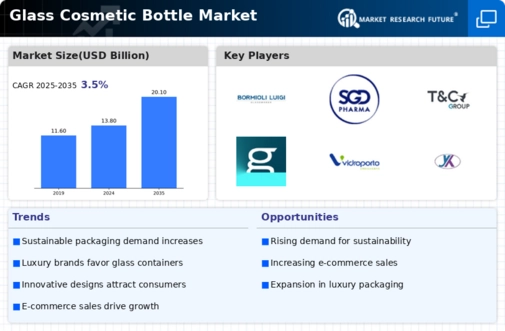
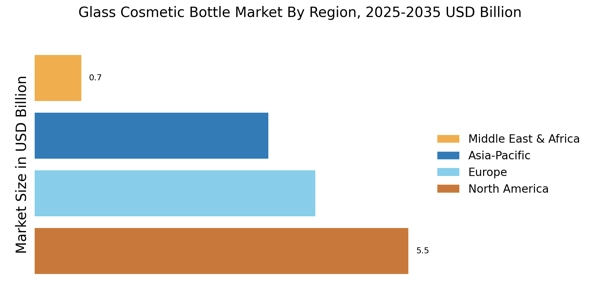
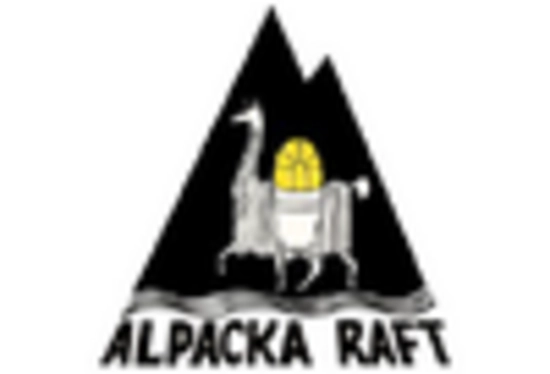
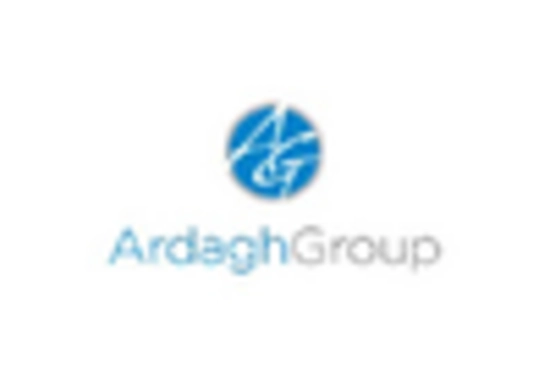
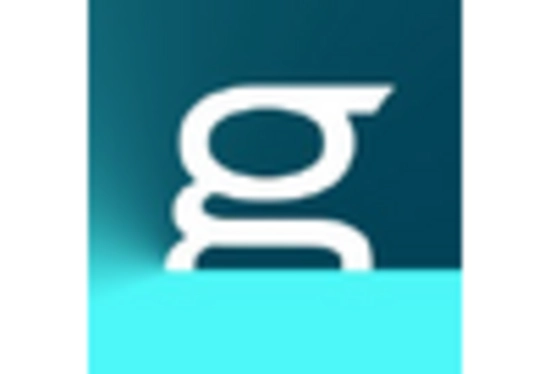
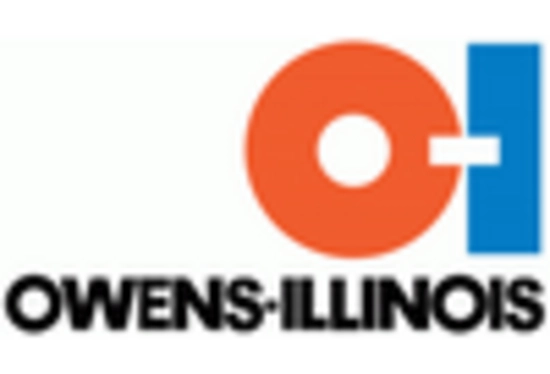
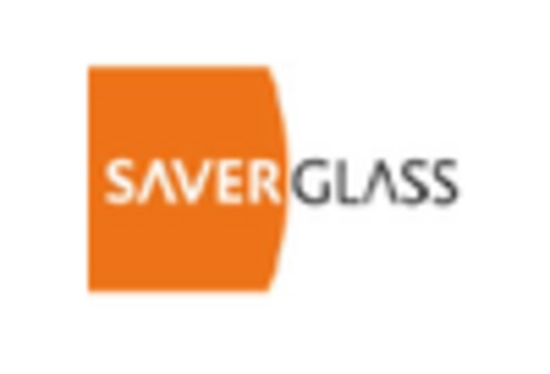









Leave a Comment